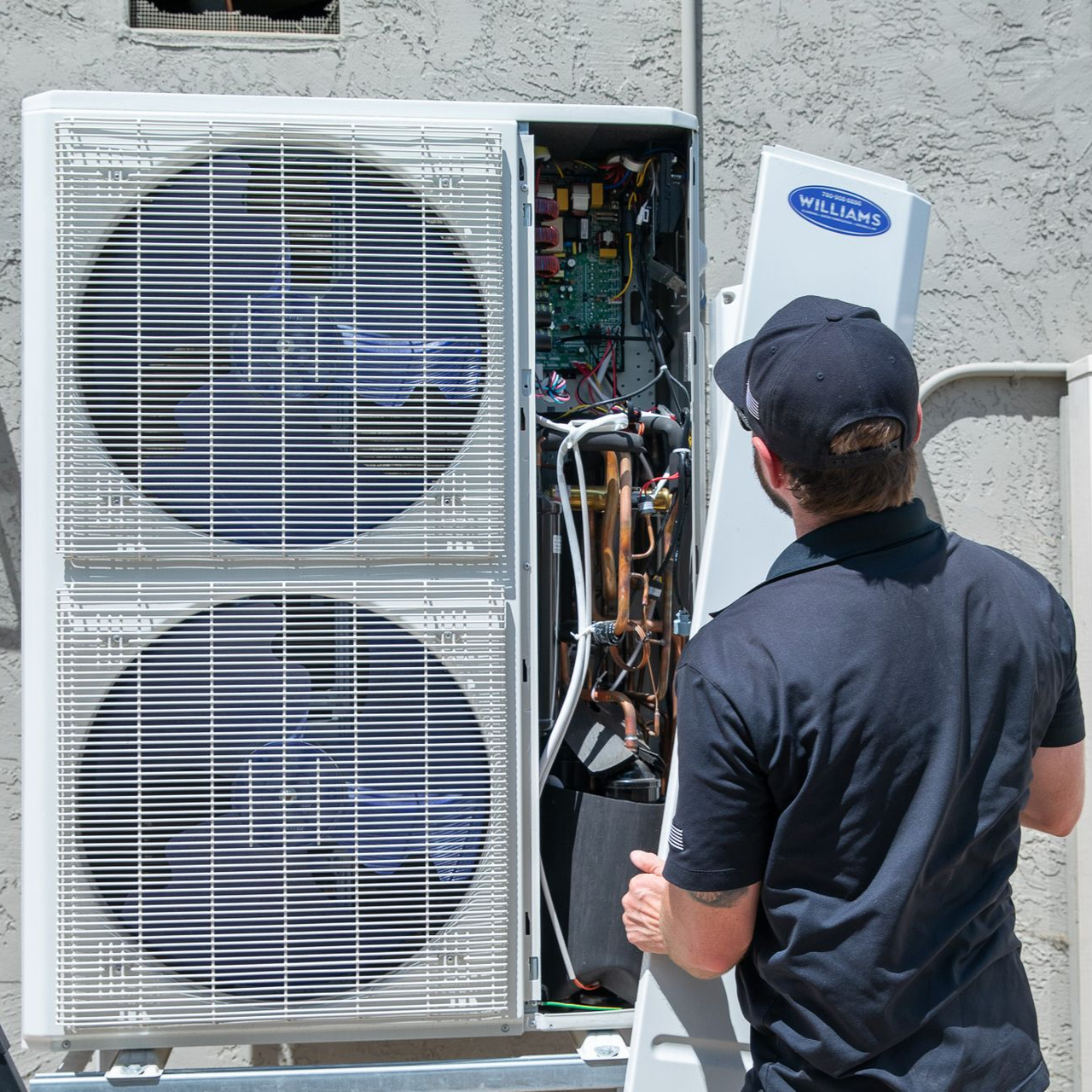The Williams Mechanical Blog
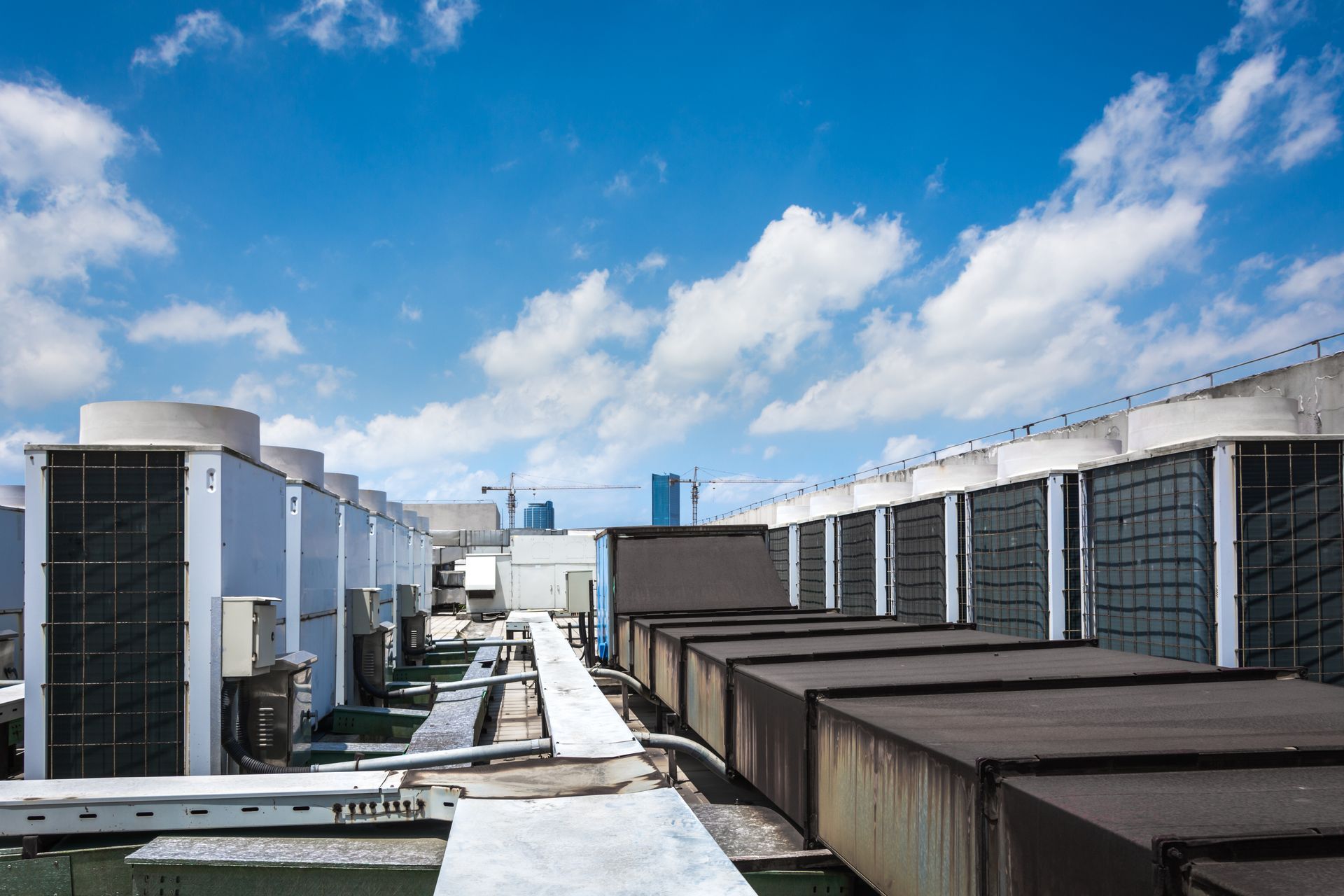
In San Diego’s competitive business landscape, reliable climate control is essential for productivity, customer comfort, and operational efficiency. Whether you manage an office building, retail space, or industrial facility, your HVAC system is critical in keeping things running smoothly. But waiting until your system breaks down can cost more than just repair fees; it can lead to lost revenue, employee discomfort, and long-term equipment damage. That’s where preventative HVAC maintenance comes in. We’ll explore why proactive HVAC care is essential for San Diego businesses and how regular maintenance can reduce downtime, lower energy costs, and extend the life of your commercial system. What Is Preventive HVAC Maintenance? Preventative HVAC maintenance refers to regularly inspecting, cleaning, and servicing heating, ventilation, and air conditioning systems to prevent breakdowns and ensure optimal performance. Unlike reactive emergency repairs, maintenance is proactive , aiming to catch minor issues before they become significant problems. A standard maintenance visit may include: Checking refrigerant levels Cleaning coils and air filters Inspecting belts, motors, and electrical connections Calibrating thermostats Testing airflow and system efficiency Why Preventive HVAC Maintenance Matters in San Diego San Diego's climate is generally mild, but coastal humidity, inland heat waves, and year-round usage patterns can all stress your HVAC system. Businesses near the ocean must also account for salt air , which can accelerate corrosion of system components. Preventive maintenance ensures your system is prepared for San Diego's seasonal shifts while keeping it in peak condition throughout the year. 1. Reduce Operational Downtime One of the most significant benefits of preventative HVAC maintenance is avoiding unexpected breakdowns that can disrupt your business. A sudden failure on a hot summer day can create an uncomfortable environment for customers and employees, leading to: Reduced productivity in office settings Negative customer experiences in retail environments Potential safety concerns in server rooms, restaurants, or manufacturing areas Regular maintenance lets you identify worn parts or system inefficiencies early and schedule repairs conveniently, minimizing unplanned outages . 2. Extend the Life of Your HVAC System Commercial HVAC systems are a significant investment. Components wear out faster without routine maintenance, leading to more frequent replacements and higher long-term costs. Preventative care helps: Keep mechanical components in top condition Prevent premature system failure Delay the need for costly replacements By taking care of your system year-round, you can maximize its lifespan and return on investment . 3. Lower Energy Costs A well-maintained HVAC system uses energy more efficiently. Dirty filters, clogged coils, and leaky ductwork force your system to work harder, consuming more electricity and driving up utility bills. With regular maintenance, technicians can: Clean or replace filters Remove dust and debris from system components Optimize airflow and thermostat settings Catch minor inefficiencies before they lead to wasted energy Result: Lower monthly energy bills and a more sustainable operation, critical for San Diego businesses aiming to reduce overhead and meet green building goals. 4. Improve Indoor Air Quality Clean, filtered air is essential for the health and comfort of employees and visitors. Poor indoor air quality can lead to: Allergies and respiratory issues Headaches and fatigue Increased sick days and reduced productivity During maintenance, technicians will: Clean or replace air filters Check ventilation systems for dust and mold Inspect for signs of moisture or air contamination This creates a healthier, more pleasant indoor environment , leading to happier employees and a better customer experience. 5. Stay Compliant with Building Regulations and Warranties Many commercial HVAC systems require regular maintenance to stay compliant with: Manufacturer warranties Building codes Insurance policies Energy efficiency certifications (e.g., ENERGY STAR or LEED) Failing to maintain your system could void warranties or put your business at risk of non-compliance. Routine service ensures you stay protected and up to code. How Often Should You Schedule Commercial HVAC Maintenance? Most San Diego businesses should schedule HVAC maintenance at least twice yearly , once in the spring before cooling season and once in the fall before heating season. However, some facilities (like restaurants, gyms, or healthcare centers) may benefit from quarterly service due to heavier usage and air quality concerns. A qualified HVAC contractor can recommend a custom maintenance schedule based on your system type, building size, and business needs. Partner with a Trusted San Diego HVAC Provider Preventative maintenance is only as good as the team providing it. At Williams Water Co. , we offer commercial HVAC maintenance across San Diego County , delivering fast, reliable service tailored to your business. Our experienced technicians offer: Custom maintenance plans 24/7 emergency support Detailed inspection reports Energy-saving recommendations Protect Your Business with Preventive HVAC Maintenance Don’t wait for a breakdown to take action. Investing in routine HVAC maintenance protects your bottom line, improves comfort, and ensures your system runs efficiently all year.
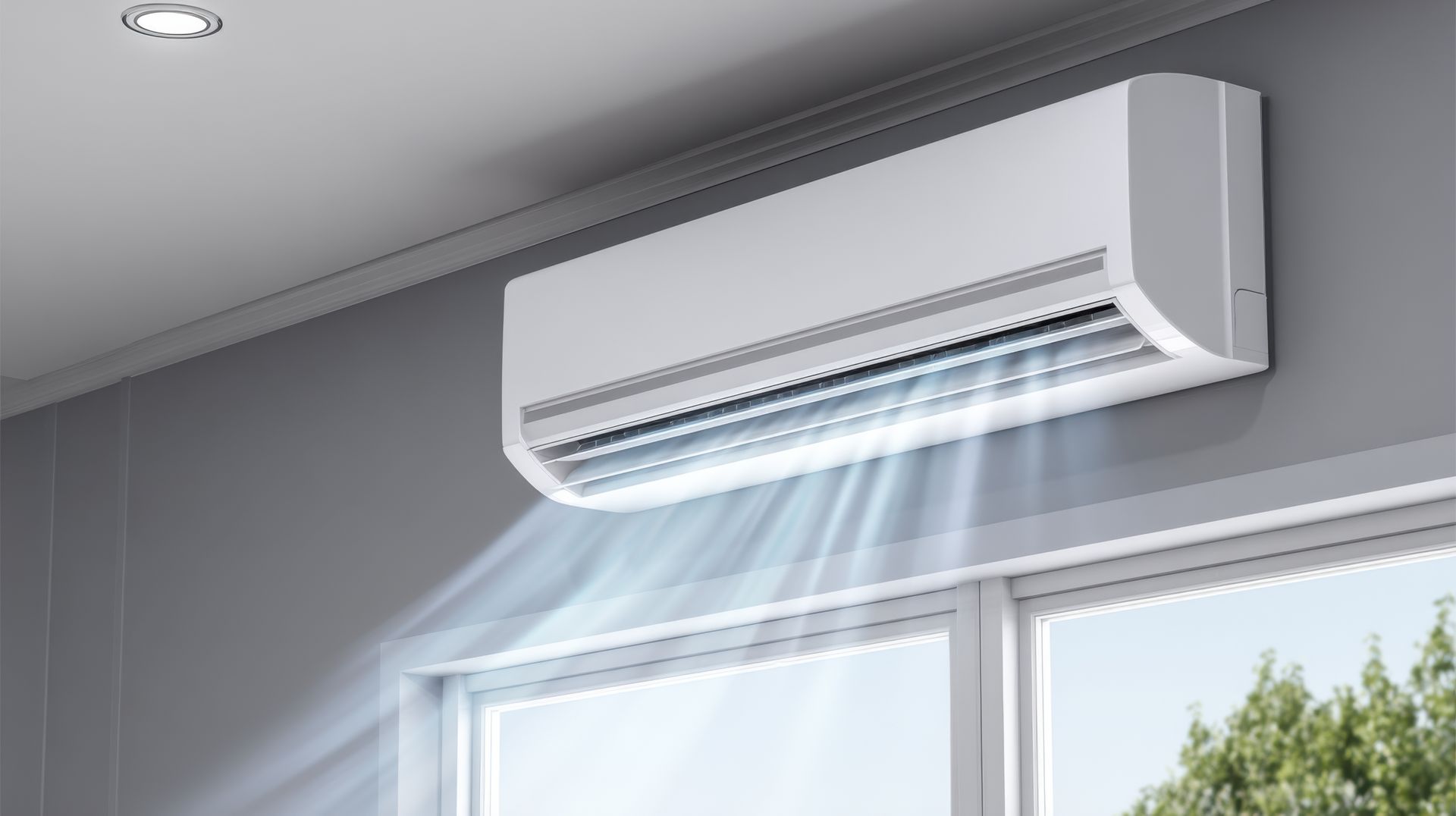
San Diego’s mild climate and diverse housing styles make it the perfect setting for the most energy-efficient and versatile HVAC options today: the ductless mini-split system . Whether upgrading an older home without ductwork, remodeling a room, or looking for a more efficient way to heat and cool your space, mini-splits offer flexible and cost-effective comfort tailored to your needs. 1. Zoned Temperature Control for Customized Comfort One of the most significant advantages of ductless mini-split systems is zoning capability . With individual air handlers installed in specific rooms or areas of your home, each space can be controlled independently. Why this matters in San Diego: Many homes in the region have open floor plans , multi-level layouts , or converted garages and ADUs . Mini-splits allow you to: Cool a sunny upstairs bedroom without overcooling the whole house Keep unoccupied rooms at a more energy-efficient temperature Provide climate control for additions or remodels without extending ductwork Zoning ensures personalized comfort for everyone in the household, without wasting energy. 2. High Energy Efficiency = Lower Utility Bills Mini-split systems are known for their exceptional energy efficiency . Traditional HVAC systems can lose up to 30% of energy through leaky or poorly insulated ductwork. Ductless systems eliminate this loss, delivering more of your energy investment directly into heating or cooling. Many mini-split units boast SEER (Seasonal Energy Efficiency Ratio) ratings of 20 or higher , far exceeding minimum federal standards. They also use inverter-driven compressors , which adjust output based on demand, reducing energy use during mild conditions—a perfect fit for San Diego’s moderate weather. Bottom line: You get the comfort you want while cutting down on monthly energy costs. 3. Easy Installation, No Ductwork Needed Installing ductwork in an older or custom-built home can be disruptive, time-consuming, and expensive. Mini-split systems require no ductwork , making them a wise choice for: Vintage or historic homes Home offices or guest suites Garage conversions or room additions Installation is typically faster and less invasive than traditional HVAC systems, and the slim, modern design of indoor units means minimal impact on your home’s aesthetics. 4. Ideal Performance in San Diego’s Climate San Diego's coastal and inland microclimates bring mild winters and warm summers , which means homeowners often need light, consistent heating and cooling throughout the year. Mini-splits are designed to perform exceptionally well in mild to moderate climates , offering: Quiet and consistent cooling in the summer Gentle, efficient heating during cooler months No need for bulky furnaces or oversized central systems Plus, homes near the coast can benefit from corrosion-resistant models that withstand salt air better than traditional units. 5. Improved Indoor Air Quality Because ductless systems don’t rely on long runs of ductwork, there’s less opportunity for dust, mold, or allergens to circulate throughout your home. Most mini-splits also include multi-stage filtration systems that help trap airborne particles, keeping the air cleaner and healthier. This can make a noticeable difference in indoor comfort and well-being for families with allergies or respiratory concerns. 6. Quiet Operation Mini-split systems are significantly quieter than traditional HVAC units. The indoor air handlers operate at low decibel levels, making them ideal for bedrooms, nurseries, and home offices where noise can be distracting. The outdoor compressor is also designed for low-noise performance, which is excellent for neighborhoods with close proximity to neighbors or patios. 7. Potential Rebates and Incentives Thanks to their energy efficiency, many ductless mini-split systems qualify for utility rebates and state or federal incentives. In California, programs often reward homeowners for installing systems that reduce grid demand and lower energy use. Be sure to check with local utility providers and HVAC contractors for the latest rebate opportunities in the San Diego area. Is a Ductless Mini-Split System Right for You? A ductless mini-split system is a smart investment if: Your home lacks existing ductwork You want to reduce your monthly energy bills You need climate control for a specific zone or addition You’re looking for quiet, flexible, and efficient comfort From La Jolla to Escondido, and everywhere in between, mini-split systems are helping San Diego homeowners take control of their indoor climate while saving energy and money. Get Expert Help Choosing the Right System Ready to upgrade your home's comfort? Williams Water Co. specializes in energy-efficient HVAC solutions tailored to San Diego homes. Our experts can help you select, install, and maintain your space's ideal ductless mini-split system.
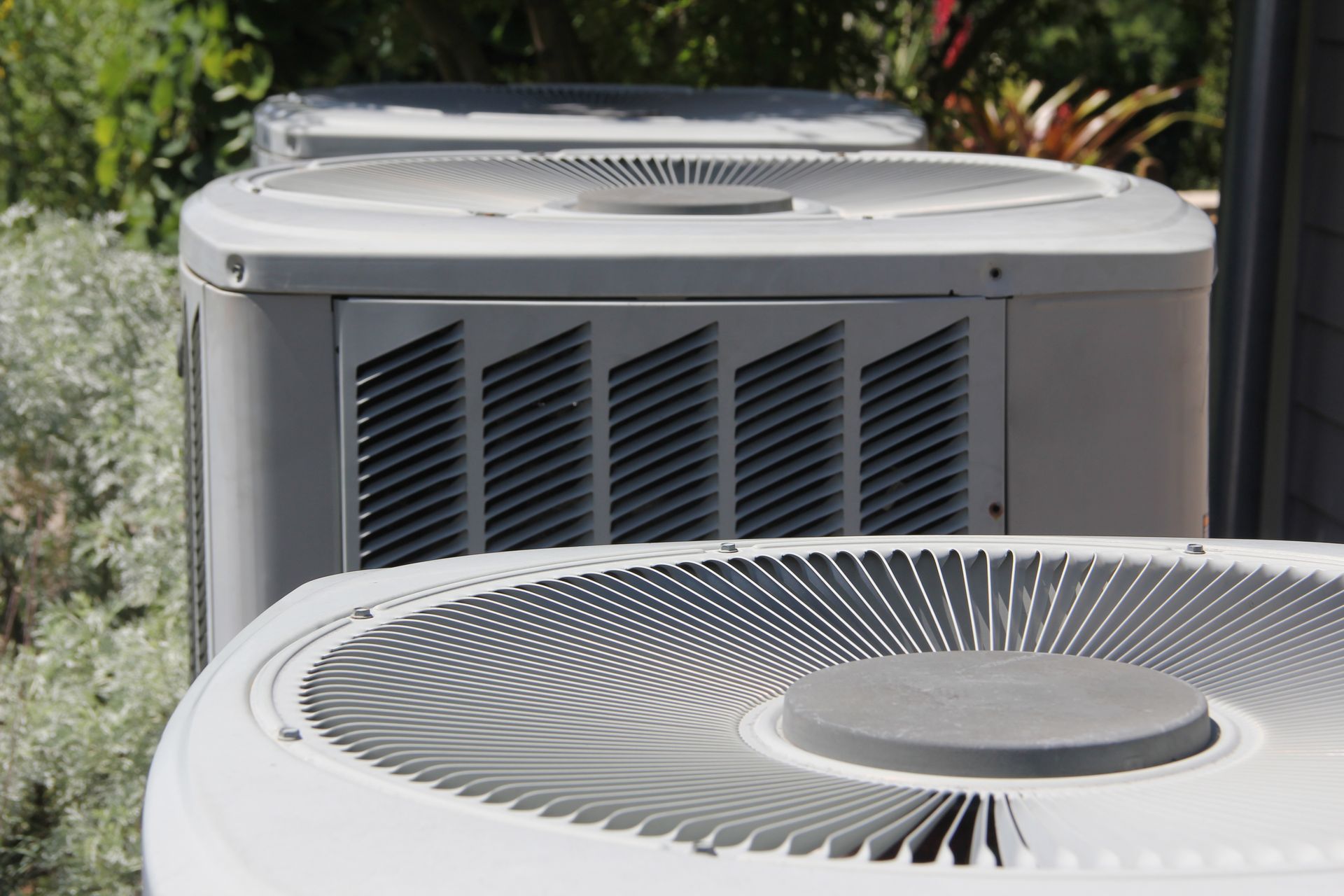
One size doesn't always fit all when it comes to heating and cooling your home, especially in a region like San Diego, where homes range from cozy single-level bungalows to expansive multi-story properties. A zoned HVAC system could be the perfect solution if you’ve ever struggled with hot upstairs bedrooms while the downstairs stays chilly, or noticed that unused rooms are getting just as much airflow as high-traffic areas. What Is a Zoned HVAC System? A zoned HVAC system divides your home into separate “zones” that can be heated or cooled independently, giving you custom climate control in different areas of your home. Each zone is regulated by its own thermostat , and airflow is managed through motorized dampers in the ductwork or individual air handlers in ductless systems. Zoned systems can be configured with: A single HVAC unit and smart dampers to control airflow to different areas. Multiple mini-split units are installed in separate rooms or floors, each with independent controls. Top Benefits of Zoned HVAC Systems for San Diego Homes 1. Personalized Comfort in Every Room San Diego homes often have rooms with different sun exposures , varying usage patterns , and diverse occupant preferences . With a zoned system, you can: Keep upstairs bedrooms cooler at night. Maintain a comfortable home office temperature during the day. Avoid overcooling unused guest rooms or formal spaces. Each zone is adjusted to suit your comfort, meaning no more fighting over the thermostat. 2. Ideal for Multi-Story and Larger Homes Temperature differences between floors are a common complaint in two-story or split-level homes. Heat naturally rises, leaving upper floors warmer than the downstairs, especially during the summer. Zoned HVAC systems solve this imbalance by allowing you to independently cool (or heat) each level. This makes zoned systems an excellent fit for: Multi-level homes Open floor plans ADUs or converted garages Homes with large glass windows or sun-exposed rooms 3. Improved Energy Efficiency and Lower Utility Bills Zoned HVAC systems are more efficient because they only heat or cool the areas you’re using. Rather than pushing air throughout your home, your system works selectively , reducing unnecessary energy consumption. In a climate like San Diego, where you may only need light cooling or heating in specific rooms at certain times, this targeted approach helps: Reduce energy waste Lower monthly utility bills Extend the lifespan of your HVAC system due to reduced wear and tear 4. Smart Integration and Remote Control Modern zoned systems often integrate with smart thermostats and mobile apps , allowing you to control the temperature in each zone from anywhere. That means you can: Cool your bedroom before heading upstairs. Turn off the AC in unoccupied rooms when you're at work. Adjust temperatures on the go to match changes in weather or schedule. This level of control enhances both comfort and efficiency. 5. Reduced Noise and System Stress Because zoned systems only run when and where needed, they typically operate more quietly and with less overall strain. By avoiding constant full-blast operation, the system experiences less mechanical stress, reducing the frequency of repairs and improving long-term reliability. Why Zoned HVAC Systems Make Sense in San Diego San Diego’s microclimates and mild, variable temperatures make zoned HVAC systems especially practical. Homes near the coast may experience cooler breezes while inland areas face hotter days. Within the same home, sun-facing rooms may heat up faster , and coastal humidity levels may vary between floors . Rather than overcompensating by cooling or heating the entire house uniformly, zoned systems allow precision climate control that adapts to your home’s layout and the local environment. Is a Zoned HVAC System Right for You? You may benefit from a zoned system if: Your home has multiple floors or an open-concept design. You experience temperature inconsistencies between rooms. You want to reduce energy bills and improve system efficiency. You prefer customized comfort in different areas of your home. You are planning a renovation, addition, or new build . Conclusion: Zoned Comfort Is Smart Comfort Zoned HVAC systems offer a more innovative and efficient way to manage indoor temperatures, especially for diverse homes in San Diego. With customizable control, reduced energy waste, and enhanced comfort, it’s a worthwhile upgrade for homeowners looking to modernize their heating and cooling systems. Ready to Upgrade to Zoned HVAC? Let’s Talk! If you're considering a zoned HVAC system for your San Diego home, contact the experts at Williams Water Co. We’ll assess your home layout, comfort needs, and energy goals to design a system that keeps every room just the way you like it. Call today or schedule a consultation online to learn more about custom HVAC zoning solutions.
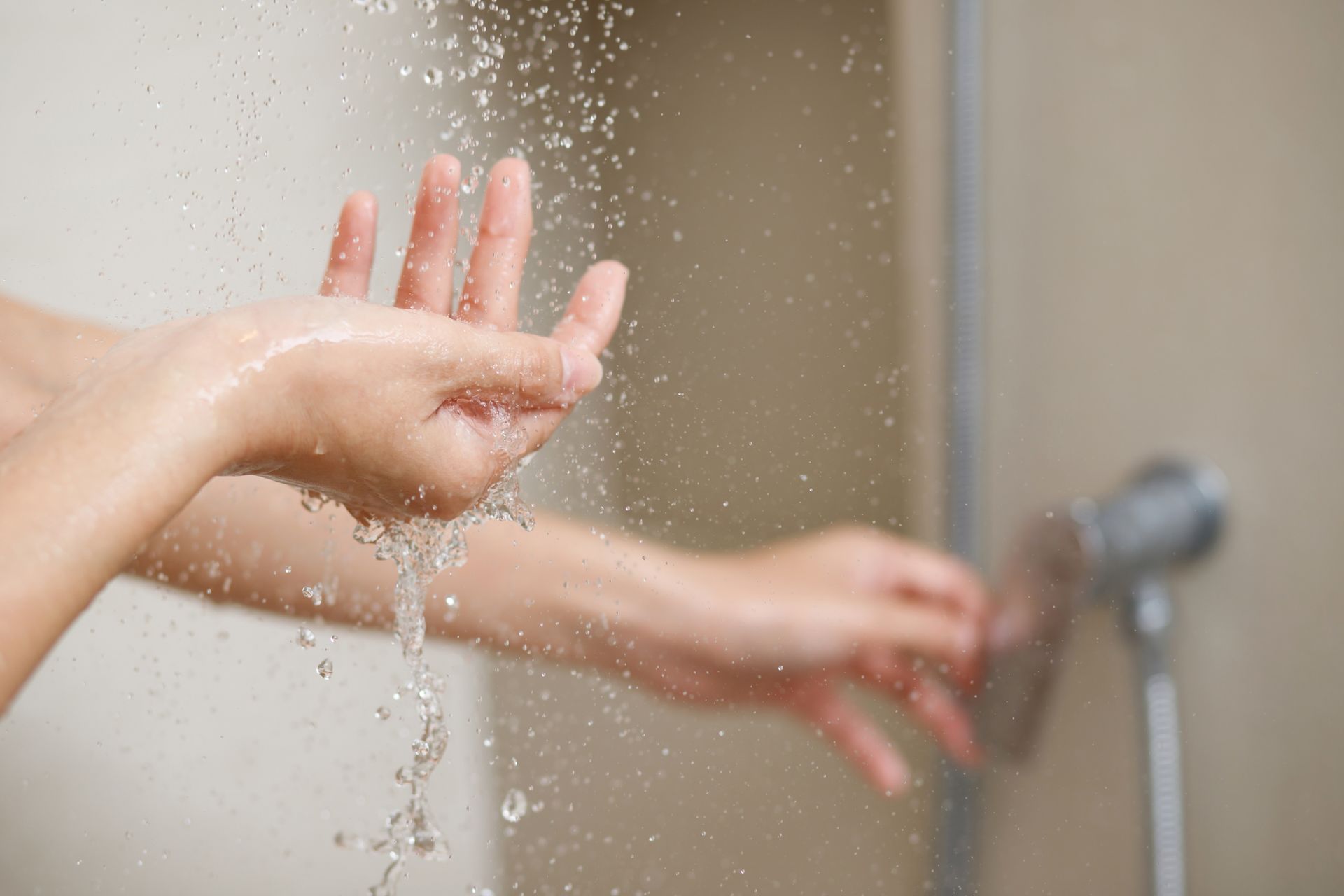
Water is essential to daily life—from drinking, cooking, bathing, and cleaning. While most municipal water systems meet safety standards, they don’t always remove all contaminants t hat could affect your health and home. That’s where whole-home water filtration comes in. By filtering water at the source, a whole-home system ensures every faucet, shower, and appliance in your home receives clean, purified water . We’ll explore how contaminants in tap water can impact your health and damage your plumbing, and why investing in a whole-home filtration system is a smart choice.
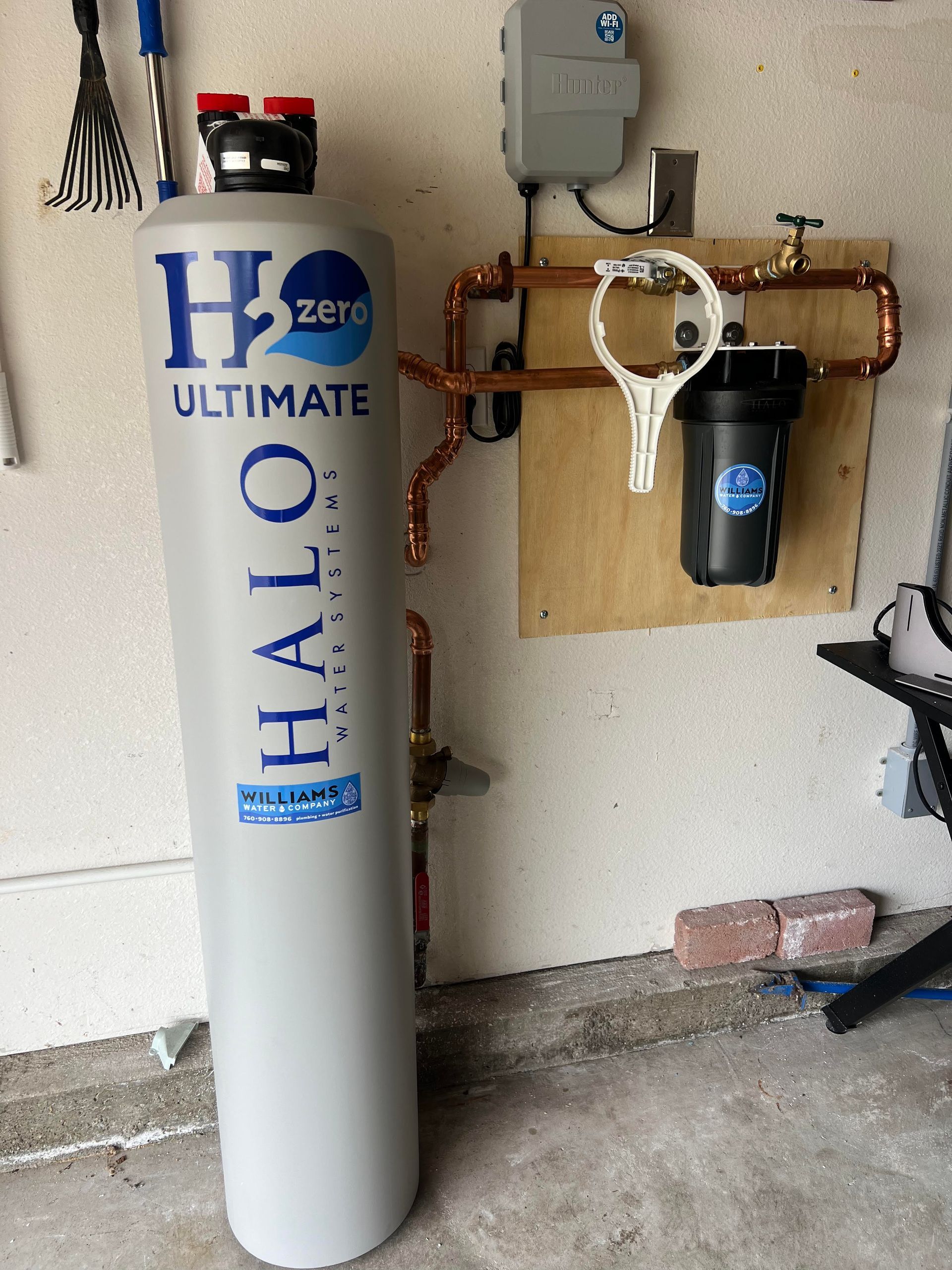
Water is essential for daily life, from drinking and cooking to bathing and cleaning. But how clean is the water flowing through your home? While municipal water treatment removes many contaminants, it doesn’t always guarantee pure, high-quality water. Many homeowners experience issues with their water that indicate the need for a whole-home water filtration system. If you’ve noticed problems like strange odors, discoloration, or buildup on fixtures, upgrading your water treatment system may be time.
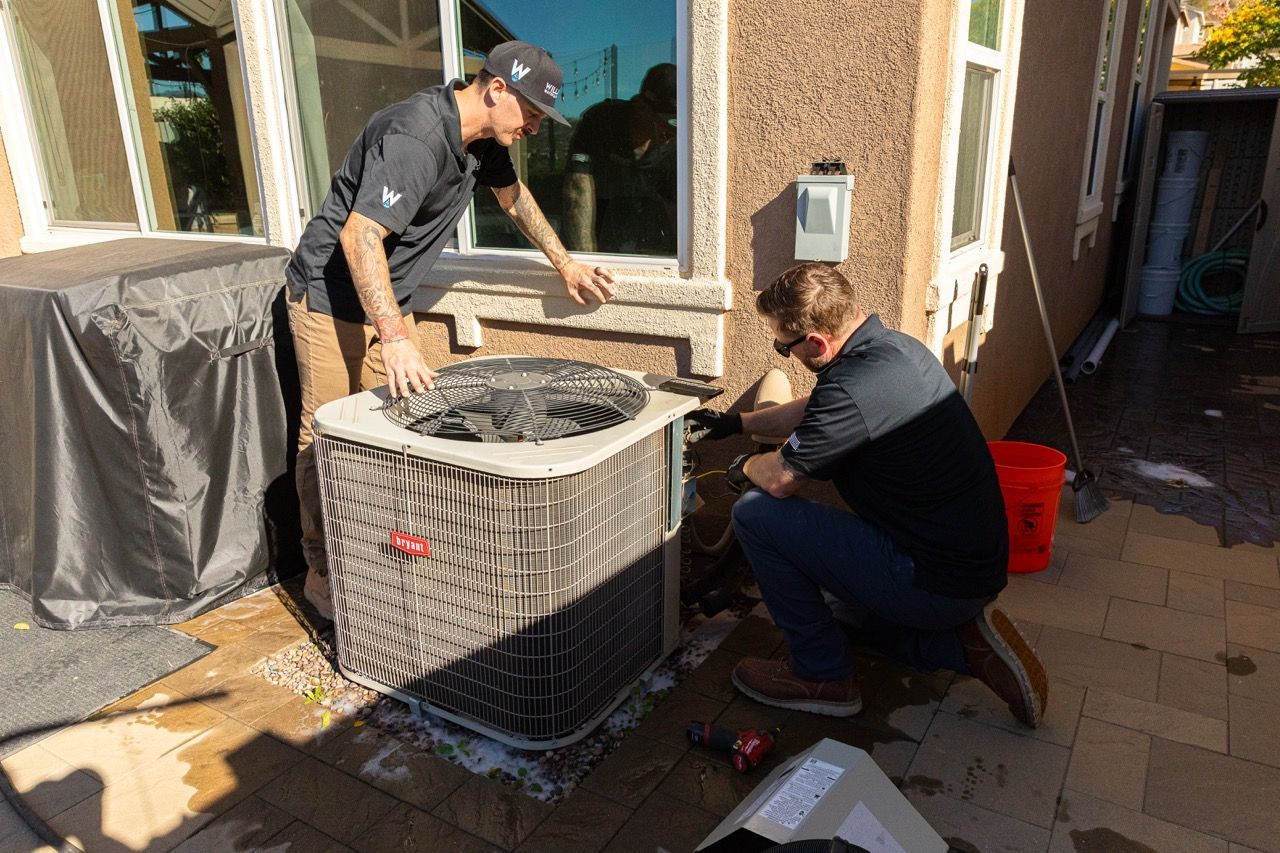
San Diego’s mild, sunny climate means we rely on our HVAC systems differently than homeowners in other regions. While we may not experience extreme cold, our air conditioning units work hard to keep our homes comfortable, especially during the hot summer months. If your HVAC system isn’t performing as efficiently as it once did, it may be time to consider a replacement. 1. Your System is More Than 10-15 Years Old Depending on maintenance and usage, HVAC systems typically last 10-15 years. If your unit is approaching or has exceeded this range, it may run inefficiently and cost you more energy bills. San Diego Factor: Because San Diego homeowners often use their AC more than their heating system, air conditioners in the area tend to wear out faster. If your AC is over 10 years old, upgrading to a more energy-efficient model is worth considering. 2. Your Energy Bills Are Increasing If you’ve noticed your energy bills creeping up without a change in usage, your HVAC system could be the culprit. As systems age, they lose efficiency, requiring more energy to produce the same level of cooling or heating. San Diego Factor: With San Diego’s rising energy costs, an inefficient HVAC system can significantly increase monthly expenses. Upgrading to a newer, more efficient model could help reduce utility bills. 3. Frequent Repairs Are Becoming Expensive While an occasional repair is normal, the costs can quickly add up if you constantly call for HVAC service. If your repair bills in the last year have approached half the cost of a new system, replacement is often the smarter financial choice. San Diego Factor: The coastal air in some parts of San Diego can accelerate wear and tear on HVAC components. If you live near the beach, salt exposure can corrode parts of your system, making premature replacement necessary. 4. Uneven Heating or Cooling Throughout Your Home Do you notice that some rooms are too hot while others are too cold? Uneven temperatures could indicate that your system can no longer distribute air effectively. San Diego Factor: San Diego homes often have open floor plans, which make airflow more challenging. If you’re experiencing temperature inconsistencies, it may be time for an upgraded system with zoning capabilities. 5. Strange Noises or Odors If your HVAC system makes loud noises—such as banging, grinding, or screeching—it may be a sign of mechanical failure. Likewise, musty or burning smells can indicate serious issues, such as mold growth in the ducts or electrical problems. San Diego Factor: With the occasional high humidity in coastal areas, mold can develop in ductwork or air handlers. If you notice persistent musty odors, an HVAC inspection is necessary. 6. Poor Indoor Air Quality and Humidity Issues If your home feels stuffy, dusty, or excessively humid, your HVAC system may no longer filter air properly. Older systems struggle to maintain good indoor air quality, leading to allergy flare-ups and discomfort. San Diego Factor: San Diego’s wildfire season can introduce smoke and fine particulate matter. If your HVAC system isn’t effectively filtering pollutants, your indoor air quality may suffer, making a replacement a wise investment. 7. Your System Uses R-22 Refrigerant Older HVAC systems may still use R-22 refrigerant, which has been phased out due to environmental concerns. Since R-22 is no longer being produced, repairs involving refrigerant leaks can be expensive and impractical. San Diego Factor: Due to San Diego's warm climate, AC units are heavily used. If your system relies on R-22 and needs a refrigerant recharge, replacement is likely the best option for long-term savings. 8. Your Thermostat Struggles to Keep Up If you constantly adjust the thermostat with little improvement in comfort, your HVAC system may no longer be able to keep up with demand. Newer systems work more efficiently with smart thermostats, allowing better climate control and energy savings. San Diego Factor: Many San Diego homeowners are embracing smart home technology, and an HVAC upgrade can seamlessly integrate with modern home automation systems. Benefits of Replacing Your HVAC System If your system is showing multiple signs of failure, investing in a new unit can provide several benefits: ✅ Lower Energy Bills – Newer models are far more energy-efficient, reducing monthly expenses. ✅ Improved Comfort – Enjoy consistent temperatures and better humidity control. ✅ Better Indoor Air Quality – Modern systems filter air more effectively, reducing allergens and pollutants. ✅ Reduced Repair Costs – No more frequent service calls or costly part replacements. ✅ Increased Home Value – A new HVAC system can be a selling point if you plan to put your home on the market. Final Thoughts: Should You Repair or Replace? If your HVAC system is old, inefficient, and costing you more in energy and repairs, replacing it could be the best financial and comfort-enhancing decision. For San Diego homeowners, investing in a modern, energy-efficient HVAC system tailored to our climate can lead to long-term savings and a more comfortable home. Not Sure If It’s Time for a Replacement? Schedule a professional HVAC inspection today. A licensed technician can assess your system’s performance and help you determine the best course of action for your home. Upgrade to a more efficient, reliable HVAC system and enjoy year-round comfort in your San Diego home!
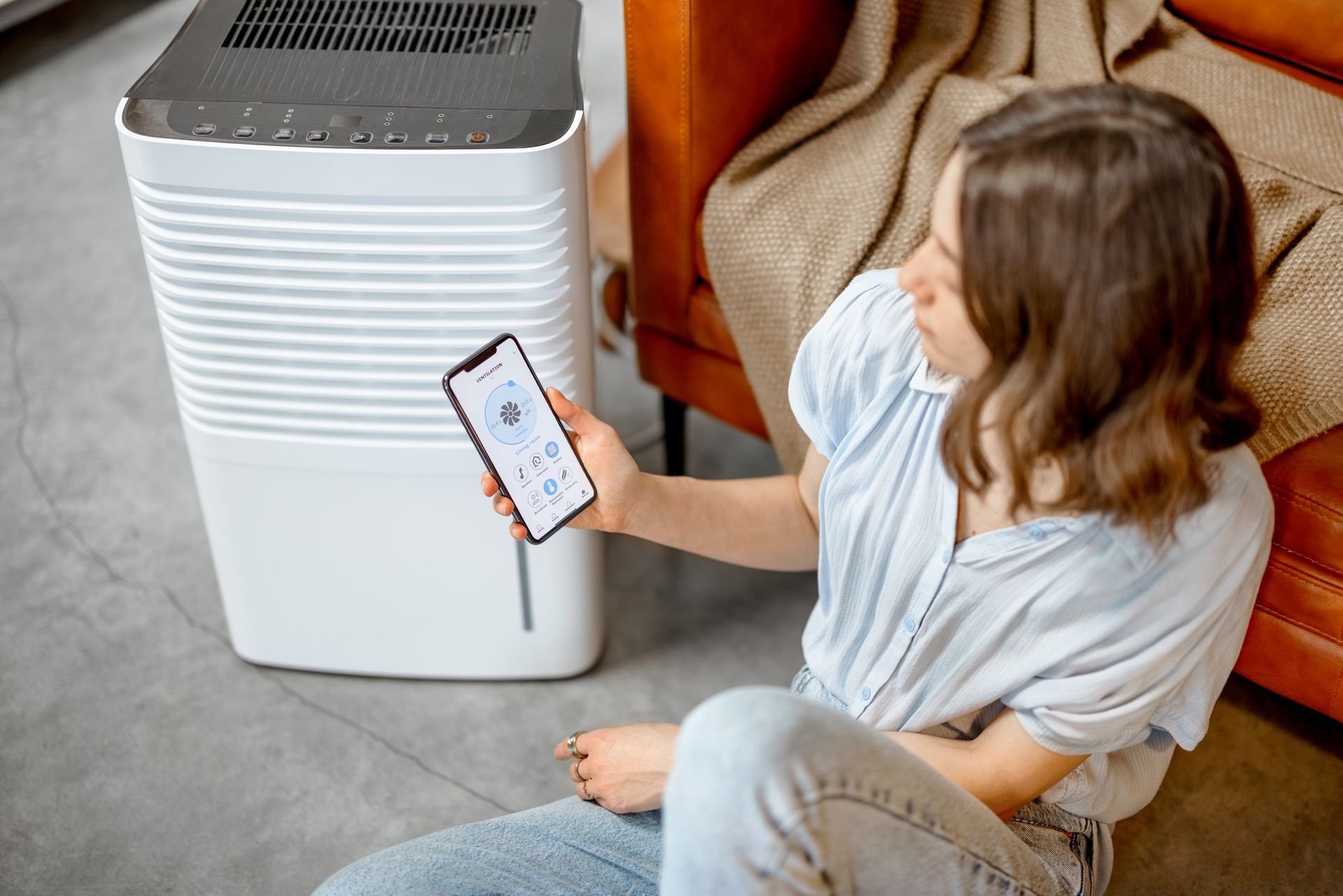
San Diego’s sunny skies and coastal breezes are the envy of many, but indoor air quality (IAQ) often tells a different story. Various pollutants, from pollen to particulate matter, can accumulate inside homes, posing health risks and reducing overall comfort. Fortunately, your HVAC system can play a vital role in maintaining clean, healthy air for you and your family. Why Indoor Air Quality Matters The Environmental Protection Agency (EPA) estimates indoor air can be two to five times more polluted than outdoor air. Poor indoor air quality has been linked to: Respiratory problems, such as allergies and asthma. Increased susceptibility to illnesses. Reduced cognitive performance and sleep quality. Maintaining good indoor air quality is even more critical for families with young children, seniors, or individuals with health conditions. Common Indoor Air Pollutants in San Diego Homes San Diego’s environment and lifestyle can introduce a variety of pollutants into your home. Here are some of the most common: 1. Pollen and Allergens San Diego’s mild climate supports year-round vegetation, which means a steady supply of pollen and outdoor allergens. These can easily enter your home through windows, doors, and on clothing. 2. Dust and Pet Dander Dander levels are often higher in homes with pets, which can trigger allergies. Dust mites, which are common in all homes, are another major irritant. 3. Particulate Matter from Wildfires Southern California’s wildfire season introduces fine particulate matter into the air, which can seep indoors even when windows and doors are closed. 4. Mold and Humidity Although San Diego is relatively dry, coastal areas can experience higher humidity levels, creating an environment for mold growth in poorly ventilated spaces. 5. VOCs (Volatile Organic Compounds) Everyday household products, such as cleaning supplies, paints, and air fresheners, release VOCs that can contribute to poor indoor air quality. How Your HVAC System Improves Indoor Air Quality Your HVAC system is more than just a tool for heating and cooling—it’s a powerful ally in maintaining healthy indoor air. 1. Air Filtration The air filter in your HVAC system captures dust, pollen, and other airborne particles, preventing them from circulating throughout your home. Upgrading to a high-efficiency particulate air (HEPA) filter can capture even smaller particles, including some bacteria and viruses. Pro Tip: Check and replace your air filters regularly, especially during high-pollen seasons or after wildfire events. 2. Ventilation Modern HVAC systems can enhance ventilation, ensuring a steady exchange of indoor and outdoor air. Proper ventilation reduces the concentration of indoor pollutants and prevents stale air. 3. Humidity Control An HVAC system with built-in humidifiers or dehumidifiers helps maintain ideal indoor humidity levels. This reduces the risk of mold growth and minimizes respiratory irritation caused by overly dry or moist air. 4. Air Purifiers and UV Systems Many HVAC systems can be equipped with additional air purification technologies, such as UV light systems that kill bacteria and viruses, or advanced air scrubbers that remove VOCs and odors. 5. Duct Cleaning Over time, your HVAC ducts can accumulate dust, mold, and other pollutants. Regular duct cleaning ensures your system isn’t spreading contaminants throughout your home. Tips for Maximizing Your HVAC System’s Role in IAQ Upgrade Your Filters: Choose filters with a higher MERV rating for better filtration of small particles. Schedule Regular Maintenance: Annual tune-ups ensure your system operates efficiently and prevent the buildup of pollutants. Seal Your Home: Proper insulation and weather stripping can reduce the entry of outdoor pollutants. Invest in Air Quality Monitoring: Devices that track IAQ can alert you to changes and help you take timely action. When to Call a Professional Consult an HVAC professional if you notice signs of poor indoor air quality—such as persistent allergies, musty odors, or visible mold. They can assess your system, recommend upgrades, and perform necessary maintenance to ensure clean air circulates throughout your home. Breathe Easier with a Healthy HVAC System San Diego may have some of the best outdoor air in the country, but maintaining excellent indoor air quality requires a proactive approach. By leveraging the capabilities of your HVAC system, you can reduce indoor pollutants, improve comfort, and protect your family’s health. Ready to create a healthier home environment? Contact our team today to learn more about how your HVAC system can help improve indoor air quality in San Diego.

